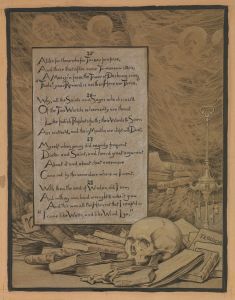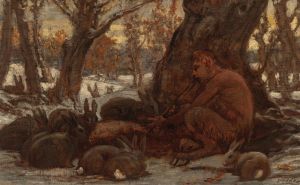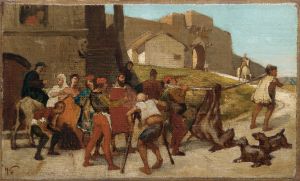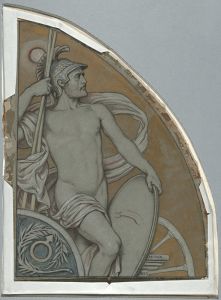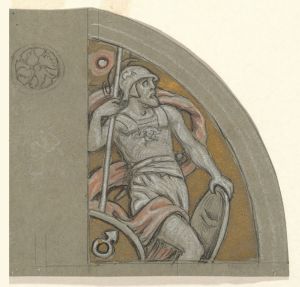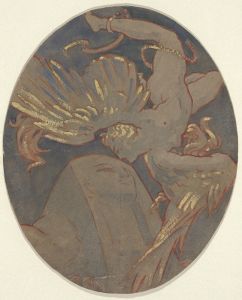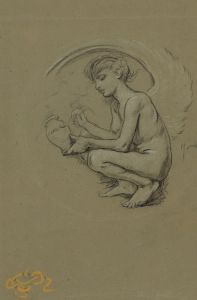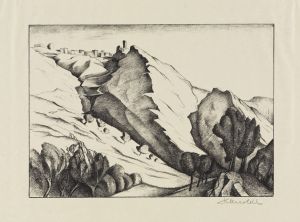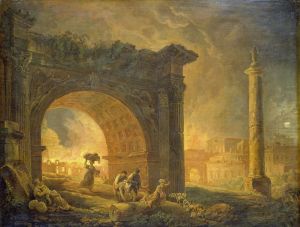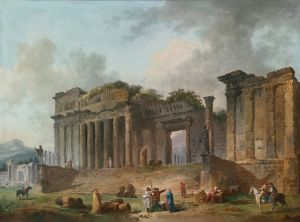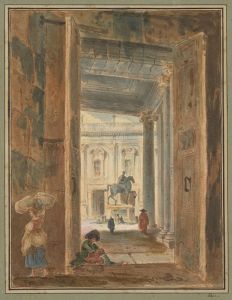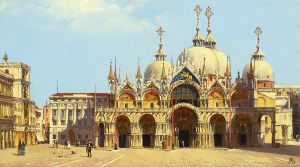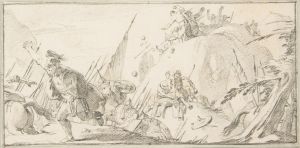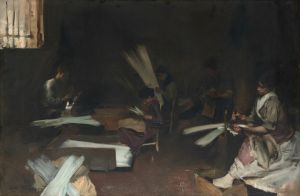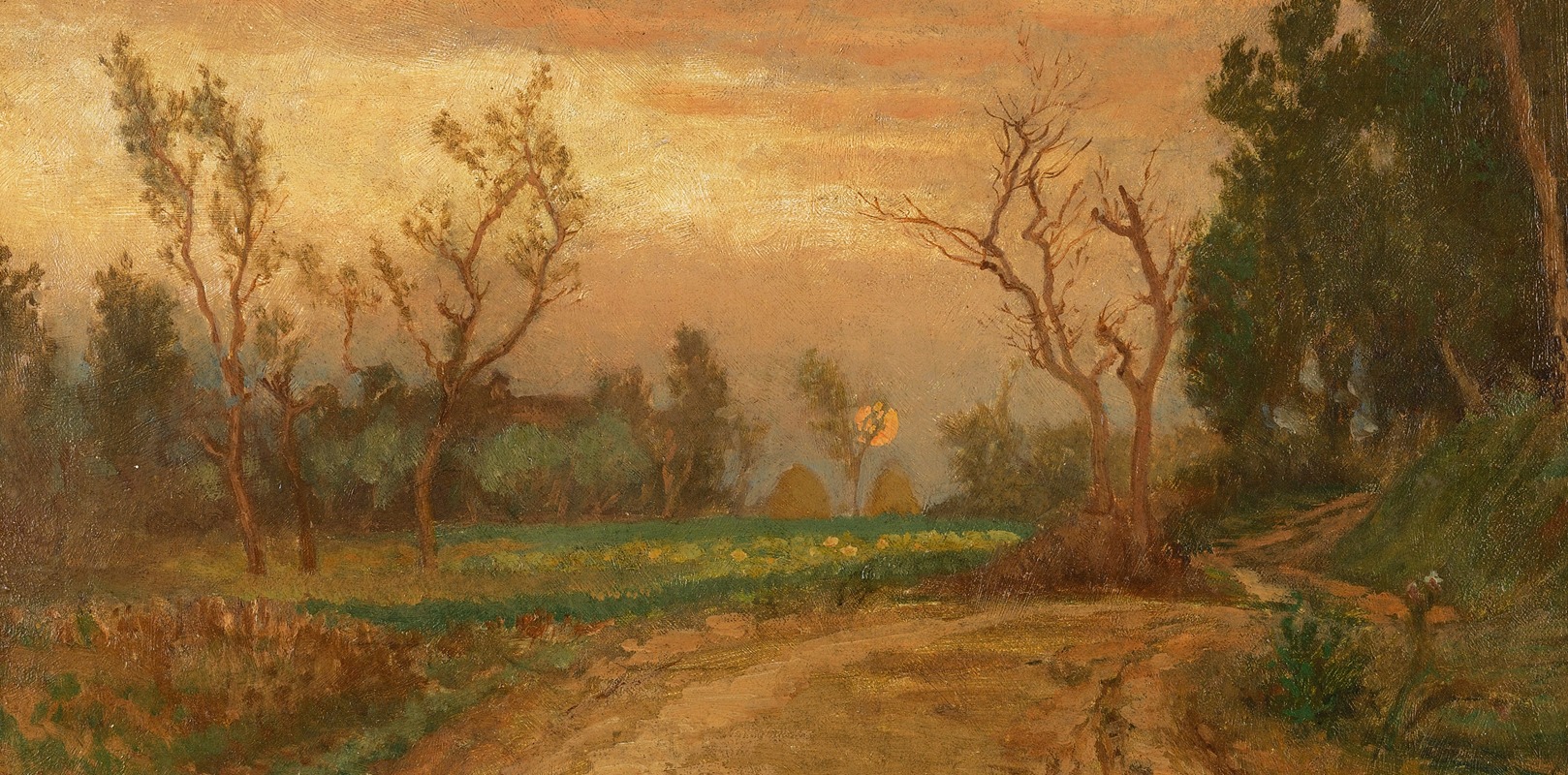
Near Villa Ansidei Perugia, Sunset
A hand-painted replica of Elihu Vedder’s masterpiece Near Villa Ansidei Perugia, Sunset, meticulously crafted by professional artists to capture the true essence of the original. Each piece is created with museum-quality canvas and rare mineral pigments, carefully painted by experienced artists with delicate brushstrokes and rich, layered colors to perfectly recreate the texture of the original artwork. Unlike machine-printed reproductions, this hand-painted version brings the painting to life, infused with the artist’s emotions and skill in every stroke. Whether for personal collection or home decoration, it instantly elevates the artistic atmosphere of any space.
Elihu Vedder (1836–1923) was an American symbolist painter, poet, and illustrator, known for his imaginative and mystical works. One of his lesser-known paintings is "Near Villa Ansidei Perugia, Sunset," which reflects his interest in capturing the atmospheric effects of light and landscape. Although specific details about this painting are scarce, it is representative of Vedder's broader artistic style and interests.
Vedder was born in New York City and spent much of his early life in the United States. He later moved to Europe, where he was influenced by the artistic movements of the time, particularly the Pre-Raphaelites and the Symbolists. Vedder's work often features dreamlike qualities, with an emphasis on mood and emotion, which is evident in his landscape paintings.
"Near Villa Ansidei Perugia, Sunset" likely depicts a scene near Perugia, a historic city in the Umbria region of Italy. Perugia is known for its rich history, art, and architecture, and it has been a source of inspiration for many artists over the centuries. The mention of "Villa Ansidei" suggests a specific location, possibly a villa or estate in the area, although detailed historical records of this specific villa are not readily available.
The painting captures the moment of sunset, a time of day that has long fascinated artists for its dramatic lighting and the way it transforms the landscape. Vedder's use of color and light in this work would have been intended to evoke the serene yet transient beauty of the sunset, a theme that resonates with the Symbolist movement's interest in capturing the ephemeral and the mystical.
Vedder's time in Italy was crucial to his development as an artist. He was part of a community of expatriate American artists who found inspiration in the Italian landscape and culture. The Italian countryside, with its rolling hills and ancient architecture, provided a rich backdrop for Vedder's explorations of light and atmosphere.
While "Near Villa Ansidei Perugia, Sunset" may not be as widely recognized as some of Vedder's other works, such as his illustrations for Edward FitzGerald's translation of "The Rubaiyat of Omar Khayyam," it nonetheless reflects his skill in capturing the essence of a place and time. Vedder's landscapes often go beyond mere representation, aiming to convey a deeper emotional or spiritual experience.
In summary, "Near Villa Ansidei Perugia, Sunset" is a testament to Elihu Vedder's ability to blend the real with the mystical, using the natural beauty of the Italian landscape as a canvas for his artistic vision. Although specific details about the painting are limited, it remains an example of Vedder's broader artistic themes and his connection to the Symbolist movement.





